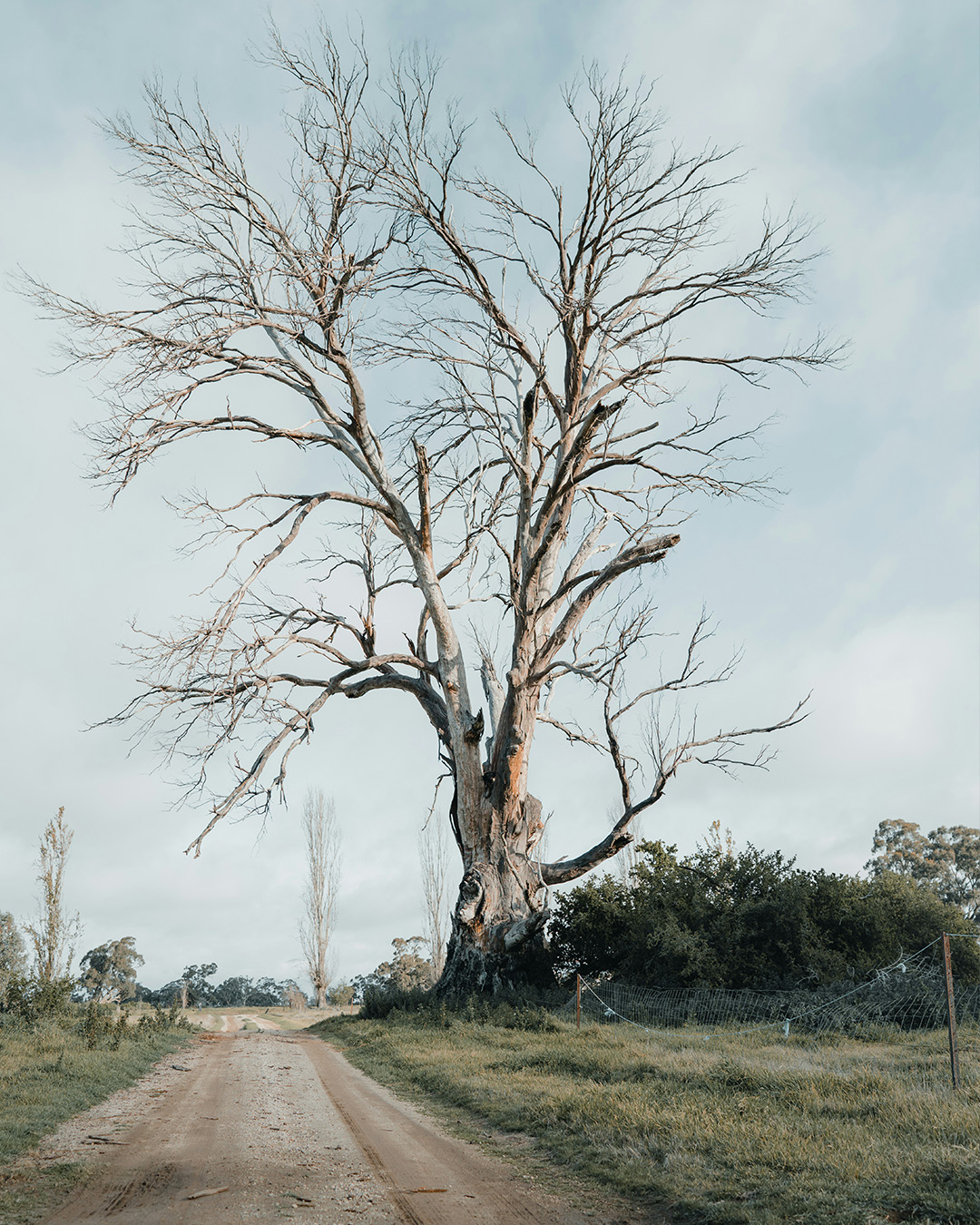Trees are a vital part of our environment, providing shade, oxygen, and beauty to our surroundings. However, like all living things, trees can become sick or die over time. It’s important to recognize the signs of a dying tree early, as it can help prevent potential hazards, such as falling branches or the entire tree collapsing. Here are three easy ways to spot if your tree is dying:
1. Check for Dead or Dying Branches
One of the most obvious signs that a tree is in trouble is the presence of dead or dying branches. These branches often lack leaves during the growing season or may have brown or brittle leaves that do not fall off during autumn. To check, try bending a few smaller branches. If they snap easily, this could be a sign of a dead or dying branch. Additionally, dead branches often have no new buds or growth, indicating that the branch is not healthy.
What to Look For:
- Branches with no leaves or brown, dried leaves.
- Branches that easily snap or break.
- No new growth or buds.
2. Inspect the Trunk for Damage or Decay
The trunk is the core of the tree, and its health is critical for the overall wellbeing of the tree. Look for vertical cracks, deep wounds, or areas where the bark is peeling or falling off, as these can indicate internal decay or disease. Fungal growth, such as mushrooms or conks, on the trunk is another telltale sign of rot. If you see mushrooms growing from the base of the tree or on its trunk, it usually means the wood is decaying from the inside.
What to Look For:
- Cracks or wounds in the trunk.
- Bark that is peeling or falling off.
- Presence of mushrooms or fungal growth.
3. Examine the Tree’s Leaves and Canopy
Healthy trees typically have full, vibrant canopies with plenty of green leaves. If your tree’s canopy looks sparse, or if there are a lot of dead leaves or branches, it may indicate a problem. Look for leaves that are discolored, wilted, or curling, as these can be signs of disease, pest infestation, or poor health. If the tree’s canopy is thinning or dying back from the top down or from the outside in, this could suggest root issues or a more severe, systemic problem.
What to Look For:
- Sparse or thinning canopy.
- Discolored, wilted, or curled leaves.
- Dead leaves or branches.
What to Do If You Think Your Tree Is Dying
If you notice any of these signs, it’s important to take action as soon as possible. Contact a certified arborist or tree care professional to assess the tree’s condition and recommend the best course of action. Early intervention can often save a tree or prevent the risks associated with a dying tree.
By regularly inspecting your trees and being aware of these signs, you can help maintain the health and safety of your landscape for years to come.









